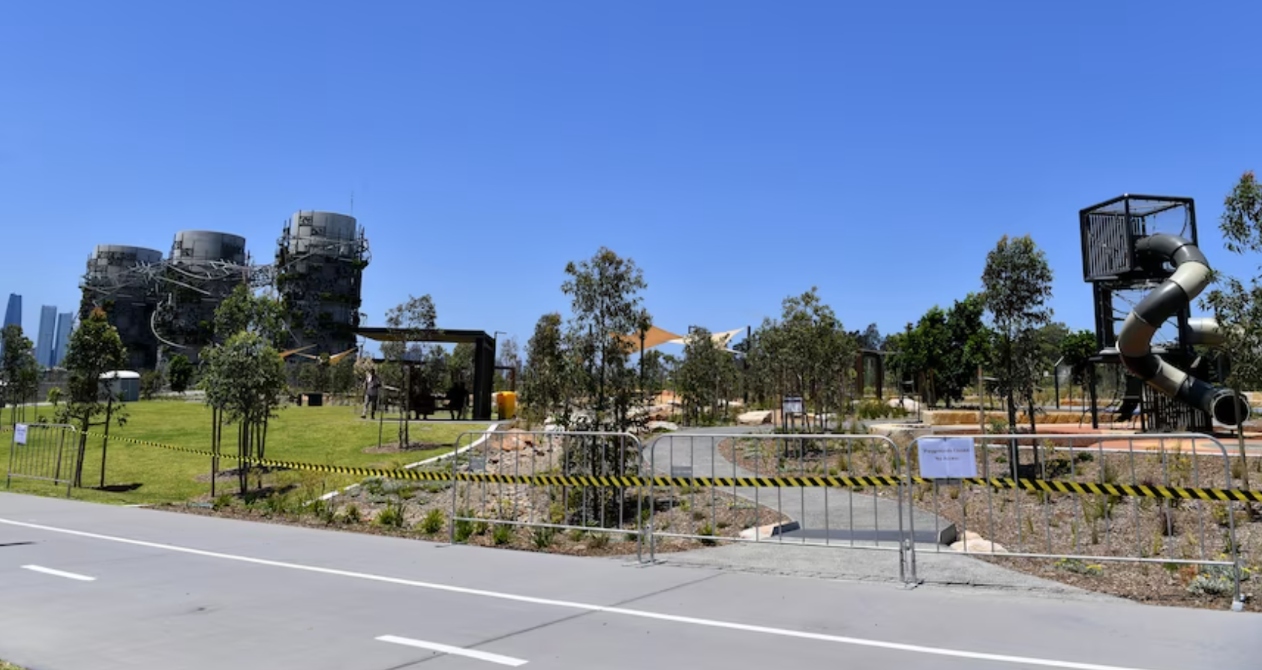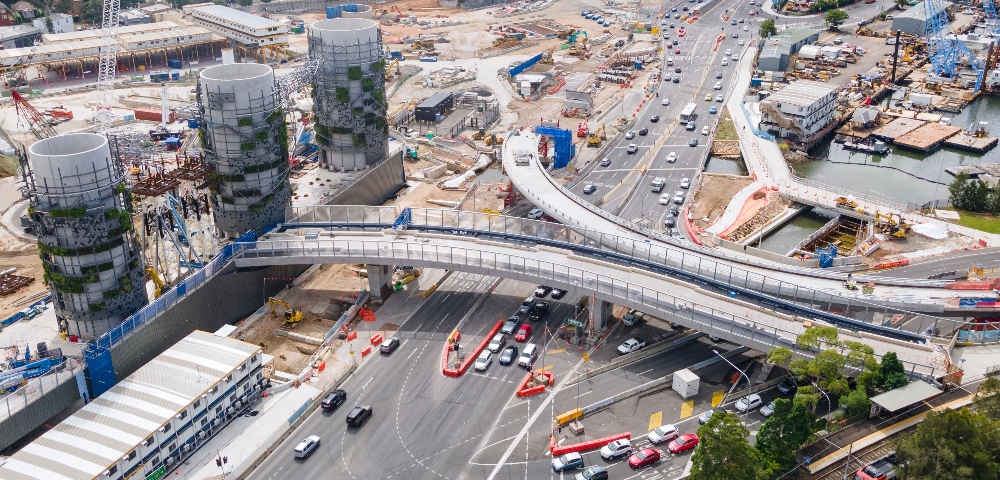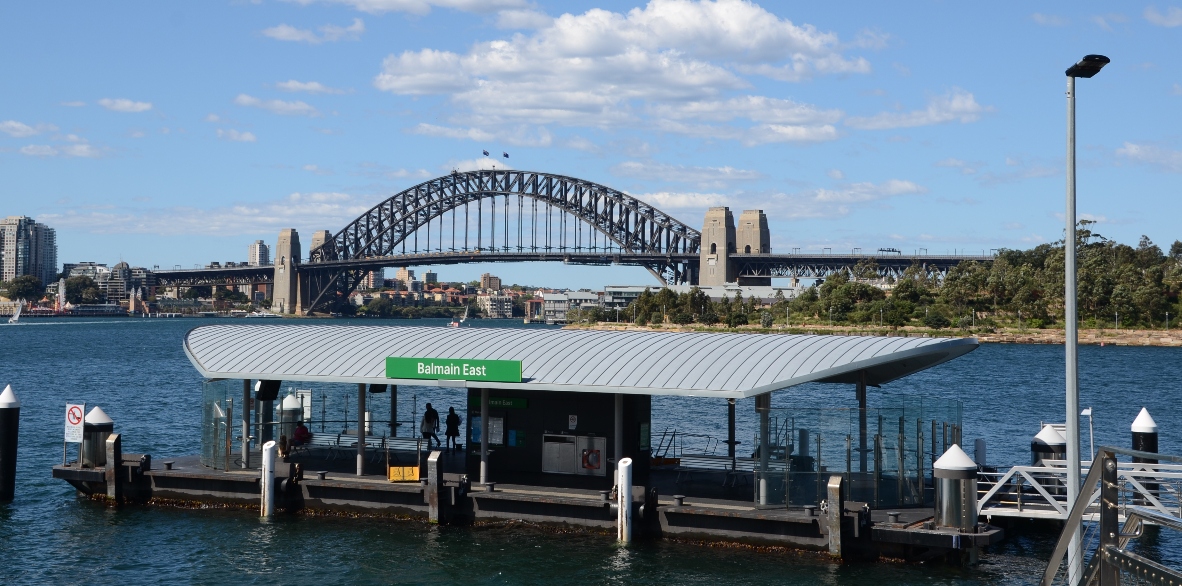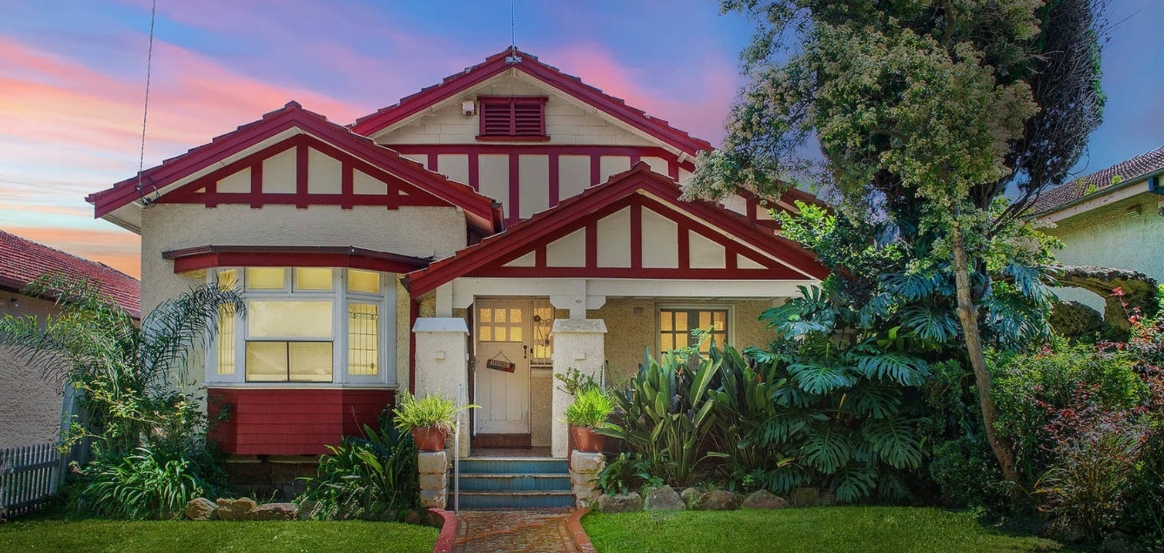
Leichhardt leads on lead contamination

Lead contamination in Leichhardt’s soil is among the worst in Sydney, a recent study has revealed. Yet the local council has relatively little information available for gardeners, families and growers about its dangers.
The Macquarie University study, led by environmental science professor Mark Taylor, found one in five backyard soil samples had lead content of more than 300 parts per million. This was reported by the Sydney Morning Herald last month.
Lead levels were high in inner urban districts such as Willoughby and Marrickville, which recorded an average of 565 parts per million. The 15 samples from Leichhardt contained 580 parts per million of lead, on average. One backyard in Newtown registered 5000ppm.
While no level of lead exposure is entirely safe, Australian guidelines stipulate that levels above 300ppm should warrant further investigation. The lead content of uncontaminated soil is around 30ppm.
Lead exposure and poisoning can cause permanent intellectual impairment or brain damage. Children are particularly at risk from putting their hands or fingers in their mouth after touching contaminated material.
Local councils and government bodies are limited in what they can do to address contamination in garden soil on private property.
“In some ways, the responsibility rests with the homeowners,” Mr Taylor said. Measures that residents can take to reduce risks include covering the soil with mulch and teaching children to wash their hands after being in the backyard.
A spokesperson for Leichhardt Council told the Inner West Independent that guidelines on lead are provided to residents through the council’s website and newsletters.
“Council encourages raised garden beds and residents to bring new soil onto their properties,” the spokesperson said.
But the council webpage contains no such advice. Several articles detail recommendations on asbestos, swimming pools and noise pollution, yet the page on lead reads only “information coming soon”.
Other local governments, including North Sydney, publish extensive information on lead in the home and garden.
Mr Taylor said councils may be able to request assessments of soil quality at residences whenever they are sold or leased. But a Leichhardt Council spokesperson said this would be impossible to implement as they do not track the breakdown of rental and non-rental properties.
While lead is a human health hazard, fortunately it is not a significant detriment for most crops growing in the soil.
“[Lead content] doesn’t actually matter from a plant perspective,” said Ian Poulton, co-ordinator of the White Creek community garden in Annandale. “The plants don’t actually absorb it.”
But other contaminants may present a problem for gardeners.
“There are parts of Sydney that are radioactive, there are parts that have got dioxins,” Mr Poulton said. “We couldn’t get the soil tested on the extensions to the community garden so we chose to raise those up away from the existing soil.”
The amount of lead in the inner west has always been high. A 1992 study by the Public Health Unit for Central and Southern Sydney concluded that “lead in soil and in household dust in older areas of Sydney is likely to represent a significant health hazard to young children”.
“There is an urgent need for expanded prevalence surveys, public education and the development of strategies for the abatement of lead in urban environments,” the study continued.
The major sources of backyard lead contamination are lead from house paint, leaded petrol and emissions from foundries and smelters.
“Sydney’s lead levels are a legacy of past practices,” said NSW Environmental Protection Authority spokesperson Liza Cassidy.
“The banning of lead paints, the introduction of unleaded petrol and tighter regulation of major industries in NSW have all contributed to a steady decrease in lead levels.”









